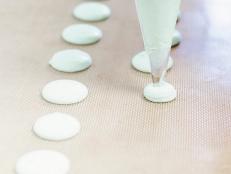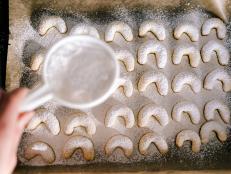Do You Really Need to Bake with Room Temperature Eggs?
Plus how to bring them to room temperature in 5 minutes.
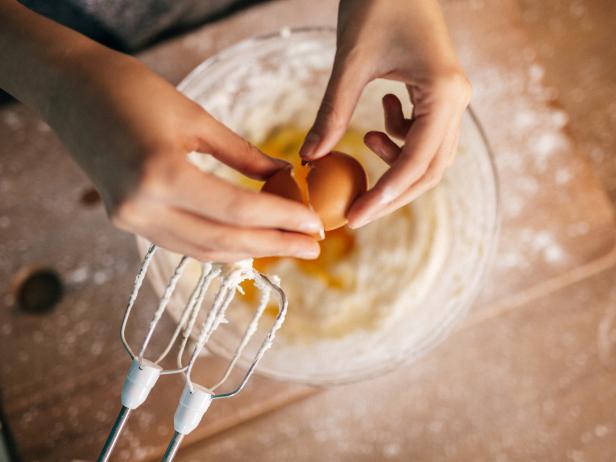
milan2099/Getty Images
By Jessie Sheehan for Food Network Kitchen
Jessie Sheehan is a baker and cookbook author.
We know it is tempting to skip that pesky little step of bringing eggs to room temperature, but if a recipe asks you to do so, there are likely a couple of very good reasons why. Below you will find answers to all your queries related to bringing eggs to room temperature.
Why Do Eggs Need to Be at Room Temperature?
Recipes for certain baked goods require eggs to be at room temperature because room temp eggs, along with room temp butter and milk, for instance, will cream together more easily than cold ingredients. If you have ever added cold eggs to softened butter in a stand mixer, you might have noticed that the batter looked curdled after mixing. This is because the cold eggs stiffen up the butter, making it a tad bit chunky. When you use room temperature eggs, they easily mix with the softened butter and create a smooth, uniformly textured batter.
Moreover, both egg yolks and egg whites break up more easily when warm, as opposed to cool. For instance, if you’ve ever cracked a cold egg into a bowl to whisk it up for egg wash, you might have noticed that trying to combine the egg is challenging. The yolk might break relatively easily, but the white is committed to staying whole and will fight you every step of the way as your try to break it up and mix it with the yolk. When warm, everyone gets along. No fighting whatsoever. Sounds nice, right?
To discuss room temperature ingredients versus cold ones in more scientific terms, room temperature, eggs, butter and liquids (milk, buttermilk, heavy cream, etc.) bind together and create an emulsion that actually traps air (and you guessed it: cold ingredients do not). So when cake batter is placed in a hot oven, for instance, that trapped air in the batter expands when heated, resulting in cake with a fluffy, soft crumb. And in addition to the emulsion trapping air, the beaten eggs themselves do it as well, and far more easily when warm. You may have seen this in action when whipping whites for a meringue. When doing so, it is far easier to get a stiff, glossy “mile-high” meringue (ie: egg whites filled to the brim with air) when they are room temp, than when they are cold.
What Temperature Are Room Temperature Eggs?
Technically, eggs are considered room temperature when they reach 68 to 70 degrees F. If your eggs are cracked into a bowl, you can measure their temperature with an instant read thermometer or simply stick your finger into them – if they feel like they’re the same temperature as your finger, you’re good to go. If your eggs are still whole, you’ll know they’ve reached room temperature when the shells feel like they’re the same temperature as your hand.

YelenaYemchuk/Getty Images
How Long Does It Take to Bring Eggs to Room Temperature?
The time it takes for eggs to come to room temperature depends on the temperature of your kitchen. If you place your eggs in the carton on your counter on a cold winter morning, it could take up to 2 hours for the eggs to reach room temp; on a hot, steamy summer morning, it will take much less time. But there are a couple of tricks we want to share with you that will speed up this process. Read on for the details.
The Best Way to Bring Eggs to Room Temperature Quickly
Take a small bowl, fill it with warm to very warm tap water (you don’t want it hot, as you don’t want the eggs to prematurely cook), place the eggs, still in their shells, in the bowl and wait about 5 minutes. The water will warm the eggs, and voila! Room temperature eggs are yours for the baking!
And if you’d like to bring a separated egg to room temperature, separate the white into one small bowl and the yolk into another. Nest each bowl inside a medium-sized bowl filled with a couple inches of warm water, and after about 5 minutes or so, both parts of the egg should be room temperature.
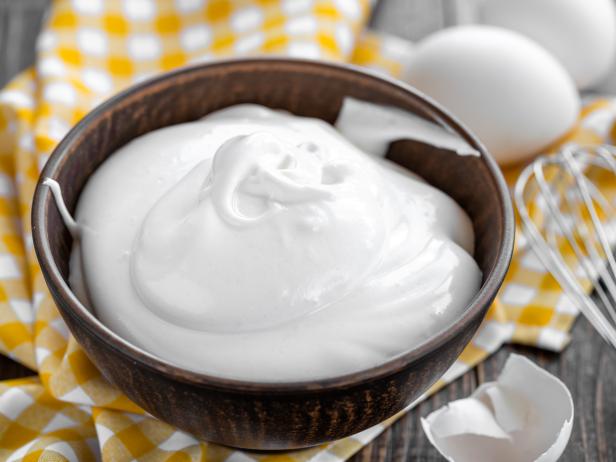
YelenaYemchuk/Getty Images
Do My Egg Whites Need to Be Room Temperature When I Whip Them?
Egg whites whip up far glossier, stiffer and taller when they are room temperature. However, separating eggs is a billion times easier when they are cold, as the yolk breaks much more easily when warm. And when separating eggs, as we all know, the worst predicament you can find yourself in is a broken yolk that has contaminated your whites! Eek, is all we can say. In light of this, we always recommend separating your eggs when they are cold from the fridge, as the likelihood you will break your yolk is small. Then, let those whites come to room temperature before whipping.
Can You Ever Bake with Cold Eggs?
You can always use cold eggs, straight from the fridge, when a recipe omits the temperature of the egg (or, obviously, if it indicates cold eggs should be used). For instance, when making cookies that do not get chilled before baking, and thus might spread when baked, cold eggs might be called for in the recipe to preclude the dough from getting too warm before it hits the oven.
Recipes Calling for Room Temperature Eggs
Want to see some room temperature eggs in action? Check out some of the different recipes that call for them – and then make them . . . all.
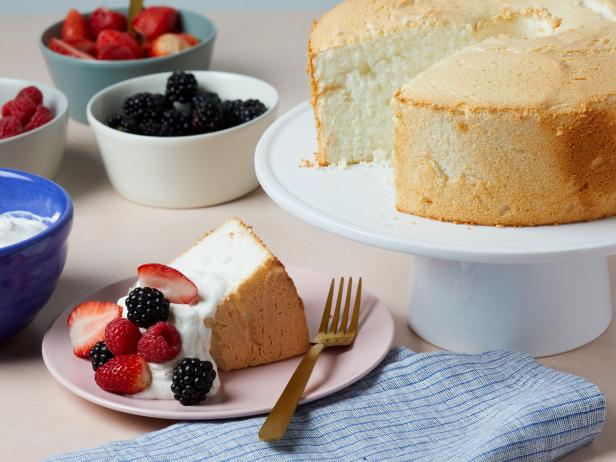
Lucy Schaeffer
Angel Food Cake calls for copious amounts of whipped egg whites (and we love it for that) and those egg whites need to be room temperature before you whip them. You want to trap loads of air in those whites for a gloriously tall cake, and room temp eggs is your ticket to tall.

For the creamiest, smoothest cheesecake, use room temperature eggs, as they will combine with the other ingredients in your recipe far more easily when the “chill” has been lifted.

Nothing is more delicious than a light and airy and deeply chocolatey souffle. And nothing says “fab dinner party” dessert better, either. But a souffle gets its light and airy texture from whipped egg whites, and those whites must be room temp pre-whip!
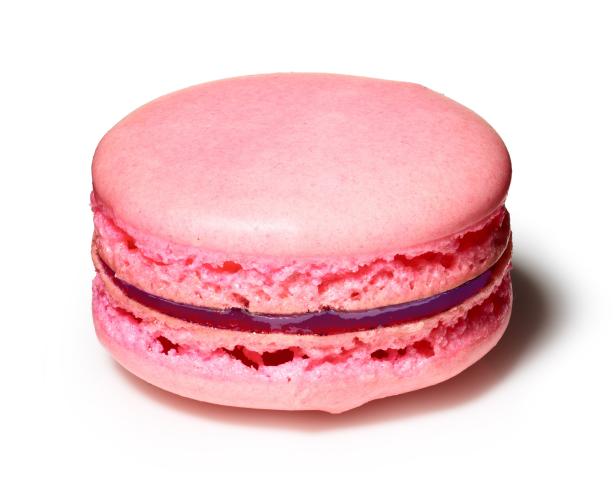
Levi Brown
Although some cookies might work out just fine with eggs straight from the fridge, particularly those that you will not be resting in the refrigerator pre-bake, macarons require room temperature egg whites, and you won’t want to skip this step. The light but chewy texture of the macaron relies on the whites gloriously whipping up.

These delightful little deeply lemony sponge cakes require you to bring not only your whites to room temperature, but also your yolks. The whites, because we want them glossy and stiff; and the yolks because we want them to double in volume when mixed with the sugar. Be sure to separate the eggs when cold.
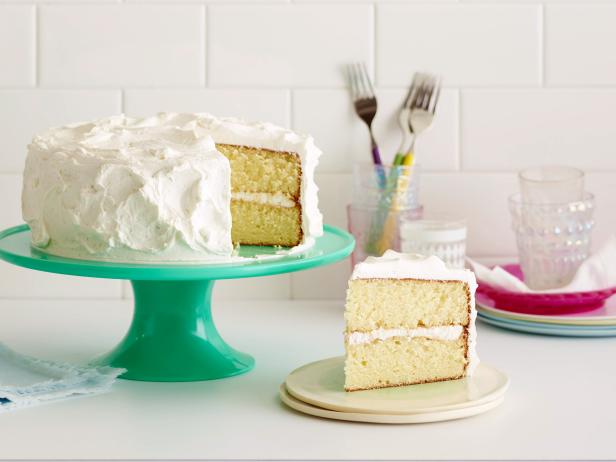
Matt Armendariz, 2014, Television Food Network, G.P. All Rights Reserved
Room temperature eggs contribute to making this the fluffiest vanilla cake ever, with the softest and most tender crumb. Place your eggs in a small bowl of warm water to speed up the warming process.
Related Links:




























